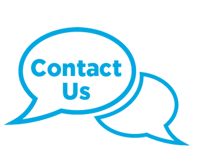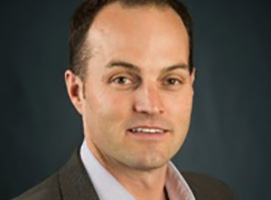fundraising
Innovation in Fundraising Is More Than Duct Tape and Bailing Twine
In the small town in Wyoming where I grew up, we often “made things work” in creative ways that worked for the moment but didn’t last over the long term. Bailing twine and duct tape were our go-to tools for any patch job—a temporary tow strap in a pinch on the farm, patching broken glass on a side window, or holding down a rusty truck hood for a cross-state trip. In extreme cases, we would even use both. But they were patches, not fixes, not solutions.

I think about this when I hear talk about “innovation in fundraising.” That’s a phrase I encounter often, yet I’ve grown a bit dubious of the word “innovation” as it often refers to trying to get more use out of an old system or strategy. It should really mean something that surprises, delights, and electrifies donors in a new way. It should mean using technology that leverages and optimizes to scale both growth and internal capacity. Instead we’re often just patching up broken old systems with the equivalent of duct tape and bailing twine. We’re doing this when we ask:
- How can I write a better letter? Duct tape.
- How can I change this phone script? Bailing twine.
- How many emails should we send this year? Duct tape on top of bailing twine.
Instead, with real innovation in fundraising, we should be asking things like:
- How do fundraising tactics work together, across the channels donors use every day?
- How do we break through the noise of modern communication and energize donors?
- How do we create lead strategies for potential donors that use a “prospect first” approach to each alum, and what new technologies allow us to do this at scale?
This summer, I met with groups of advancement leaders across the U.S. at events we called RNL Innovation Summits. It was a chance to hear from seasoned professionals what they think is next for donor engagement, what they see as barriers to growing philanthropy, and what they think has the most promise. Overwhelmingly, these experienced fundraisers said they don’t want to patch up old systems. They want new, fundamentally different ways to listen to and talk to donors. They want to embrace successful tactics, the kind organizations outside of higher education use every day to grab attention from constituents, and bring donors joy.
They want to ditch the duct tape.
Innovation emphasizes the donor experience.
I attended the annual customer experience conference this year to expand my knowledge and see the latest in solutions used by the likes of Google, Verizon, USAA, and AT&T, to name a few. Well-known brands that are taking a very important look at how they create an engaging experience for customers. Compelling strategies and directions with a focus on satisfaction and increasing customer spend.

There is enormous potential for fundraising here, because when it comes to audience engagement, the consumer side has little on higher ed in terms of stories, impact, and opportunities that magnify experience. We can’t let tradition and internal barriers limit the potential to engage donors and excite them about giving. The online experience is a perfect example—clunky giving pages requiring too many fields and links that don’t work. Custom pages with simple navigation and a connected experience are essential.
You have to look at the donor experience and think about how you can change to make it better.
This extends to who is a prospect as well. Each institution has so many potential donors—alumni, parents of alumni, friends of the institution, and many more. Innovation in who is invited to give is as important as how they are invited, so that you maximize every potential donor opportunity. This is where digital makes a world of difference, from giving days and crowdfunding campaigns to digital advertising and retargeting. There are so many ways to engage more people who are inclined to give if you are willing to embrace true innovation.
Innovation means welcoming outside expertise and capabilities.
Our favorite and most beloved companies don’t do it alone. A network of trusted partners are essential to overall success. Even here at RNL, we work with key partners who help us to scale and optimize. In some cases, going alone will mean slow change and limited growth. As I have said to many leaders, we’re at a crossroads in higher ed advancement, and it’s time for strategic leaps that can come from strategic partnerships and complementary capabilities.
Innovation in fundraising means taking a leap. And seeing what happens.
If you’re ready to take the leap, to get a little uncomfortable and put away your duct tape, give us a call. We’re ready to jump in with you. Take a moment to request a free consultation with our experts. We have worked with so many colleges and universities—private and public, from small liberal arts colleges to major research universities — and we can share what’s working for institutions like yours. Let’s talk about what you can do to drive innovation, drive engagement, and ultimately drive giving. Contact us today.

